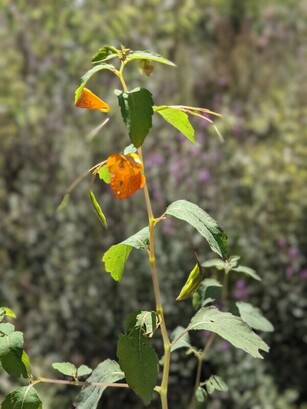CONSERVATION CORNER
A weekly blog for all things conservation
 Helping Preserve Bradford County’s Heritage: Become a Member of the Farmland Preservation Board By: Megan Rought, Farmland Preservation ATTENTION ALL FARMERS!! I have a few questions for you. How important is being rural and having beautiful wide-open spaces around you? How important is your farmland to you? How important is it that the next generation carries on your legacy and continues to farm the same piece of ground that you have farmed for the last however many years? Maybe it was even handed down through multiple generations to you, and you want to continue the tradition. How much do you despise to seeing the next piece of pristine farmland be turned into a parking lot, shopping center, or some other sort of development? If you answered that you land is very important to you, that you hope one day someone will continue farming your land and that you hate when you see a prime piece of farmland developed, then I have a great opportunity for you!
0 Comments
 By: Tess Flynn-Belles, Natural Resource Specialist During the growing season, the Conservation District can anticipate receiving several calls from landowners who own ponds asking how to control and treat aquatic plants. There are many options to consider, but the first question that needs to be addressed is, “What plant species are you trying to treat?”. The method of treatment will vary on what plant species you are targeting. In this article, we will briefly discuss the three basic methods of treatment (biological, chemical and physical) and some pros and cons of each.  Kevin Brown, Ag Resource Specialist, BCCD So you have animals, or you want to get some. You may have 1-2 acres that you can put them on, or you may have 10 acres. To most people, when they look at that much land, they think “That is a lot of land and it will support however many animals I want to have”. Let’s be honest, 3-5 horses on one full acre of ground doesn’t look like much. Neither does 15 cows on a full 10 acres of land. So, you get the number of animals you want and start a farm. All is well. The animals have plenty enough land to roam on. They are comfortable and happy. And when you start supplementing them with hay, you don’t think anything about it. That is how it is supposed to be. Right? Well, no, not really. Not for you or the environment.  Jonathan VanNoy, Natural Resource Specialist, BCCD Recently I was working out in one of our local streams, and I was observing some of the vegetation that was growing on the stream banks and even in the stream channel itself. Several plants stood out; raspberries hung heavy on their prickly stems, and the bank I stood beside was woven with broad, three-pointed green leaves and large, five petaled purple flowers. These were identified through a cell phone app as flowering raspberries- a surprise to me! However, the main plants that drew my attention (maybe because we practically had to wade through them) were the masses of Jewelweed, which sprawled from water’s edge all the way across beds of gravel to the foot of the stream banks. |
AuthorsVarious staff at the Bradford County Conservation District Archives
July 2024
Categories
All
|
|
Bradford County Conservation District
Stoll Natural Resource Center 200 Lake Road, Suite E | Towanda PA 18848 Phone: (570)-485-3144 |
